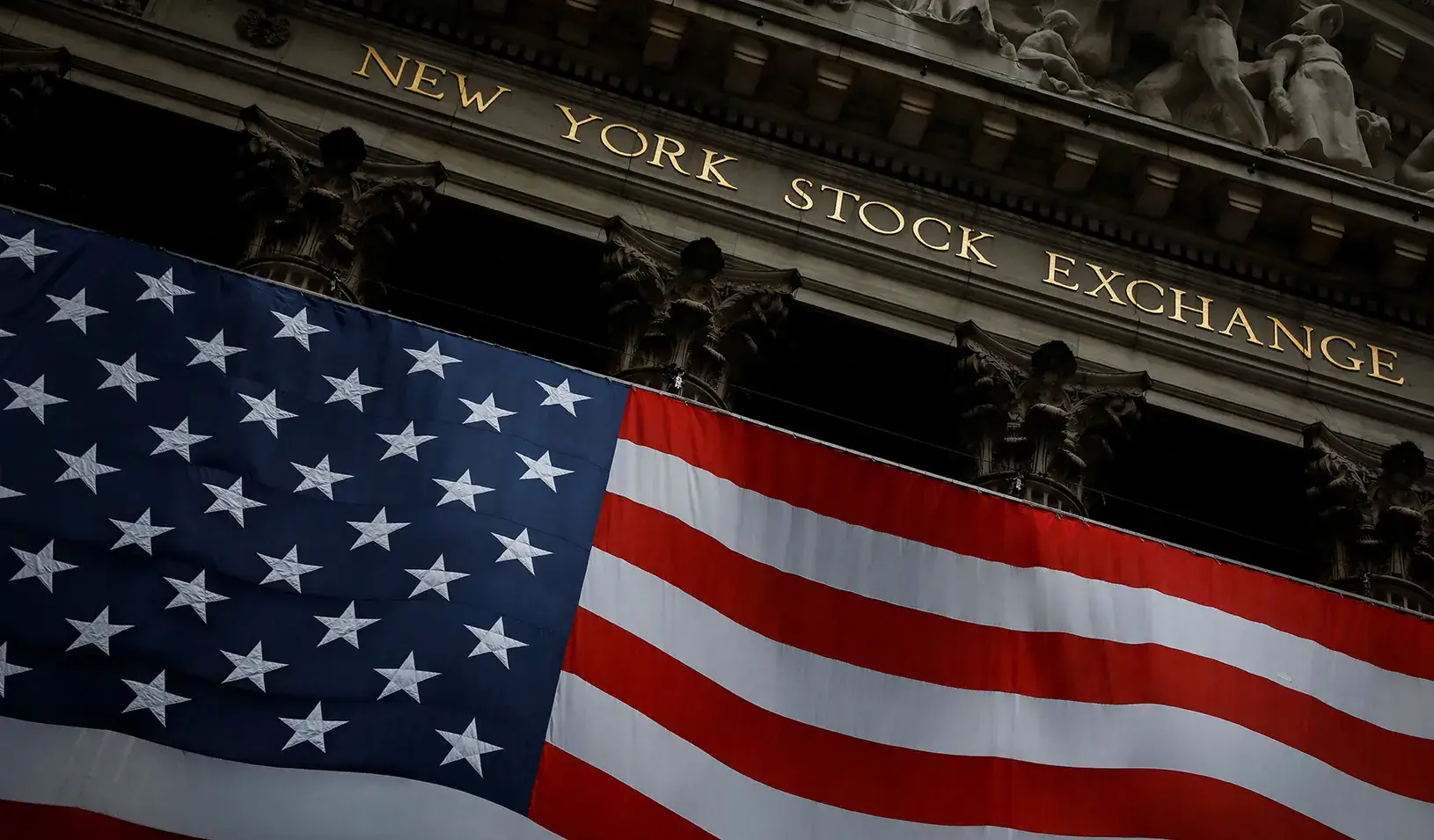Stanford GSB Scholars Weigh in on Stimulus Package and a Post-COVID-19 Economy
In this panel, professors agreed that something needed to be done, fast, to help the economic fallout, but disagreed on federal government’s strategy.
May 07, 2020
Professors discussed the beginning of the economic collapse caused by the coronavirus pandemic at a recent roundtable discussion hosted by Stanford LEAD. | Reuters/Andrew Kelly
Unlike December 7, 1941, or September 11, 2001, the date of February 19, 2020, is probably not engraved in your memory. But it might be someday. That Wednesday marked the beginning of the economic collapse caused by the coronavirus pandemic, according to Peter M. DeMarzo, a professor of finance at Stanford Graduate School of Business.
Ironically, there was some good news that day: The epidemic curve was flattening in China, helping the U.S. stock market reach a new peak. “But it was also the point we began to realize that the pandemic would not be confined to China,” DeMarzo said, as he introduced a roundtable discussion with five other Stanford GSB professors in early April. The scholars assembled via Zoom to discuss the federal stimulus package passed in response to the collapse. The event was sponsored by Stanford LEAD, the business school’s online education program.
As the global death toll climbed into the tens of thousands and markets melted down, Congress and the Federal Reserve acted to pump $2.2 trillion into the U.S. economy. (Since the roundtable discussion, officials have begun discussing a second stimulus.)
“It was, by far, the largest action by any central bank in the history of the world,” said Finance Professor Darrell Duffie.
The panelists agreed that something radical needed to be done to slow the economic free fall as shelter-in-place orders shuttered businesses across the country and 6 million workers filed for unemployment in that initial horrendous week in March. (By late April, unemployment numbers had reached 30 million.)
There was much less agreement among the panelists, though, about the strategy behind the Fed’s moves. “My fear is that the government’s policy approach has involved too much bailing out of equity investors, too much bailing out of bond investors, and too much bailing out of municipal bond investors, landlords, and property owners,” said Finance Professor Joshua D. Rauh.
Navigating an Unprecedented “Pause”
Although the country is hardly in a holiday mood, there is a subtle similarity between the current economic situation and that which occurs during the winter holidays: It’s a pause, said Finance Professor Arvind Krishnamurthy. Output always falls during the holiday as people take time off, but recovers as the economy heats back up in January. The current pause of economic activity has reduced output by trillions but is needed to save lives.
The goal of policymakers today, Krishnamurthy continued, should be to navigate the pause while minimizing the “breakage caused by disruptions in the relationships between firms and their supply chains, as well as the severe hardships to households now deprived of income.”
The Stanford economists raised several other issues as well:
Some Investors Should Go Bankrupt
“Investors who took a risk by buying stocks and bonds that had higher expected returns signed up to take losses, and it’s important that government policy reflect that,” Rauh said. “While bankruptcy is often associated with bad things, restructurings can be productive. We actually want some companies to go into Chapter 11 [bankruptcy] to restructure their debts.”
Unemployment Benefits Are Too Small and Too Slow
“If you look at the household side, you see that the [stimulus] checks are not going to reach the households in time to cover their monthly expenses,” said Finance Professor Amit Seru. Unemployment benefits, he said, “are just one-tenth of the package, which seems small and will have to be adjusted. Similarly on the small business front, the amount set aside to meet payroll shortfall, in order to maintain productive capacity of the economy, won’t last beyond a couple of months.”
This Isn’t 2008
“The economy [in 2008] was doing something different than just pausing. It was reallocating,” Krishnamurthy said. “We had too much labor and capital devoted to real estate, and the whole economy had to restructure itself. The situation we’re facing today is much worse, at least in the short run.”
The Developing World Is in Even Bigger Trouble
“Emerging markets are experiencing a severe withdrawal of capital coming from the developed world that’s potentially restricting their ability to fight the virus,” said Associate Finance Professor Matteo Maggiori. But the International Monetary Fund doesn’t necessarily have the resources it needs to help those economies, while reporting that an unprecedented number of countries are asking for a rescue package.
For media inquiries, visit the Newsroom.
Explore More

Recessions Are Painful, but Stagnant Growth Could Prove More Challenging

What If We Taxed Corporations’ Payouts, Not Profits?



